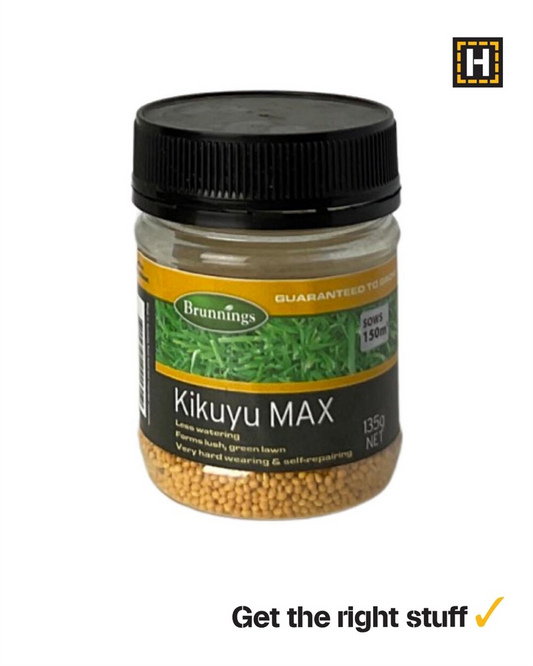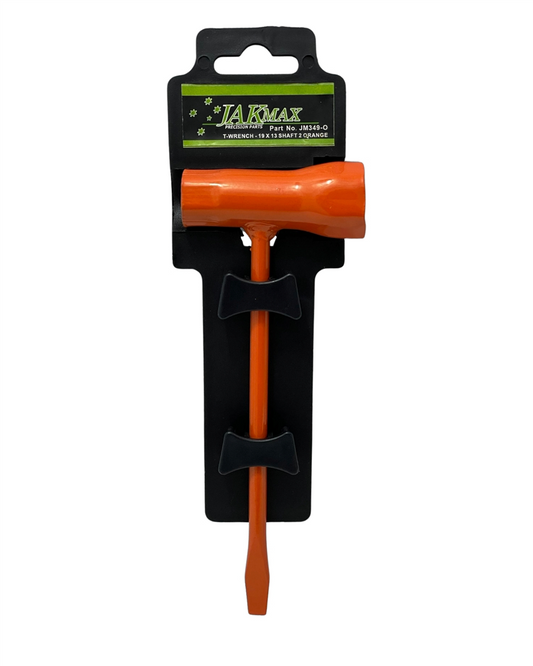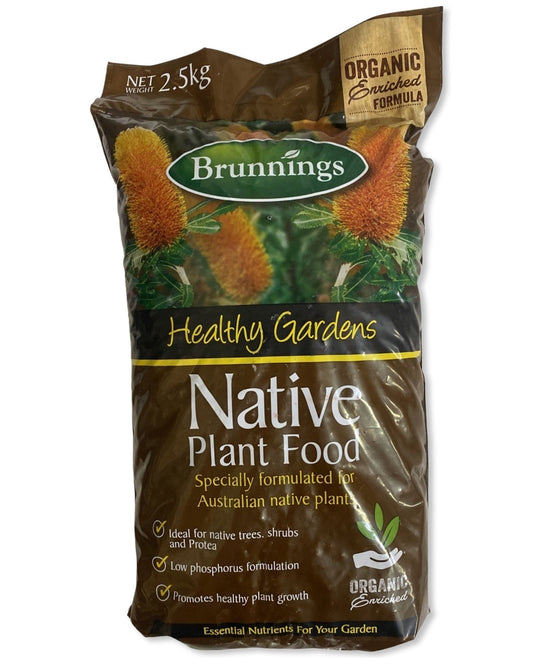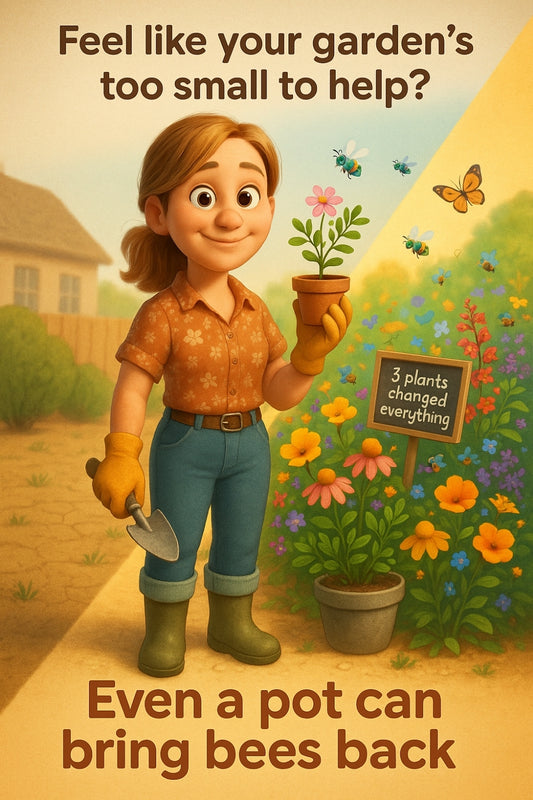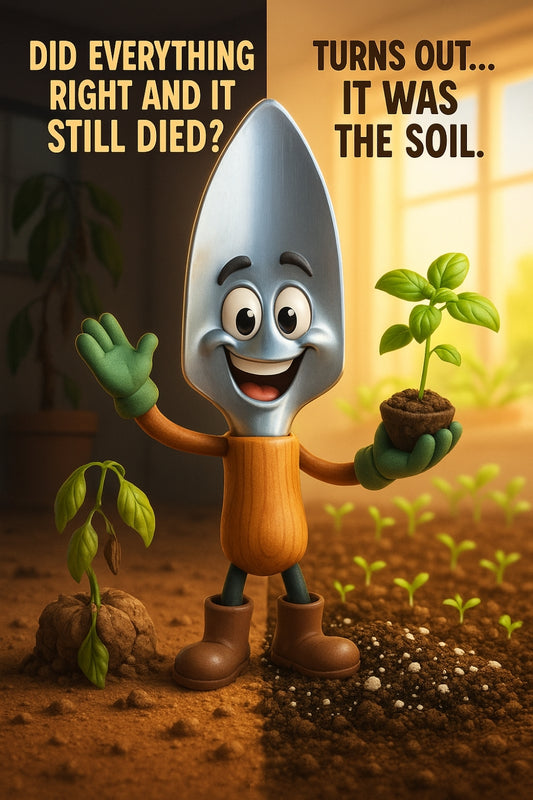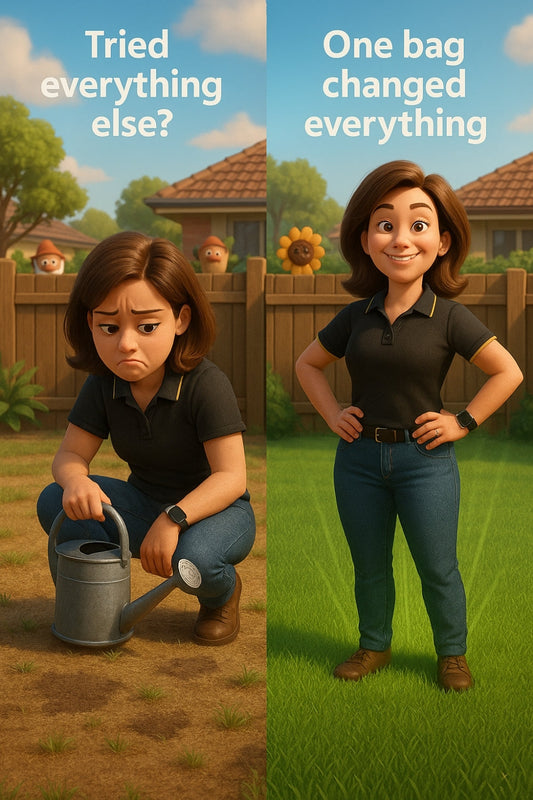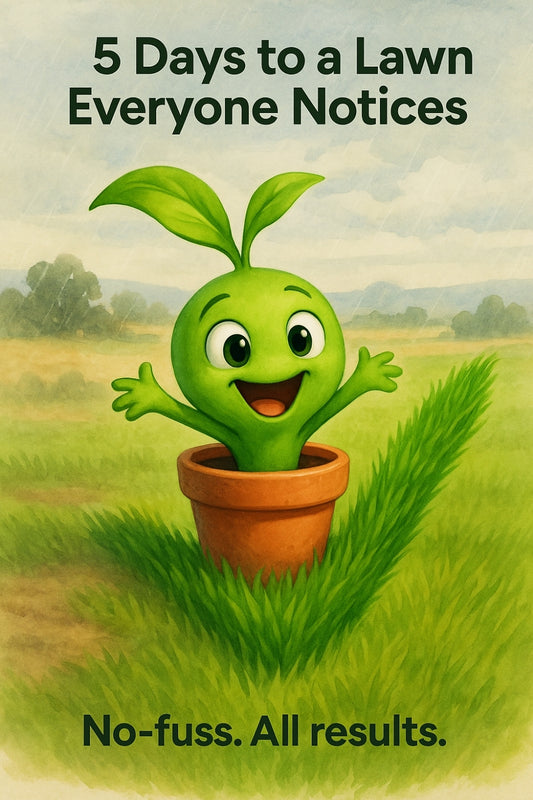Neutrog knows it — smart gardeners don’t plant tomatoes in the same spot twice
Share
Why changing veggie spots isn't just old-school advice — it's science your garden can taste
Healthy soil means happy plants – and it starts with simple crop rotation
If you’ve ever wondered why your silverbeet thrived last year but flopped this season, the reason might not be your watering or fertiliser… it could be what lived in the soil before it. Just like we wouldn’t eat spaghetti for dinner every night, your garden beds crave variety too.
Crop rotation – the practice of switching up where you plant different vegetables each season – isn’t just a trick used by farmers with paddocks the size of footy fields. It’s one of the easiest ways to stop soil diseases in their tracks, keep bugs guessing, and recharge your garden beds naturally.
And no – you don’t need a clipboard or a degree in horticulture to do it right. One simple garden planner (ahem, we’ve got some handy ones in store) and basic know-how is all it takes.
Why your tomatoes get tired (and other soil truths)
Tomatoes are famously greedy. They guzzle up nutrients like teenagers at a buffet, especially nitrogen and potassium. If you plant them in the same spot year after year, they’ll strip the soil bare — leaving your next crop starved and stunted.
But it’s not just about feeding your plants. It’s about protecting them, too.
“Rotating crops helps break the cycle of pests and diseases that overwinter in the soil — waiting for their favourite host to return.” — Candeece
Think of it like throwing a party but never inviting the same food-loving bugs two years in a row. When you mix it up — leafy greens here, root veg there, legumes in a third bed — you keep the soil’s ecosystem balanced and your plants resilient.
The beginner-proof method: the 4-bed rotation
If you’ve got four veggie beds (or can mentally divide your patch into four zones), you’re ready to rock:
- Bed 1: Leafy greens – lettuce, spinach, silverbeet
- Bed 2: Fruiting plants – tomatoes, capsicum, cucumber, zucchini
- Bed 3: Root crops – carrots, beetroot, onions, radish
- Bed 4: Legumes – peas, beans
Each new season, rotate clockwise. Easy. Legumes go first through the rotation because they actually add nitrogen back into the soil – a natural boost for whatever comes next.
Yes, even small-space gardening can rotate
Don’t have four beds? No drama. Rotate by containers, vertical planters, or moveable raised beds – even changing the planting position in one big bed makes a difference. The idea is to avoid growing the same plant family in the same spot two years running.
What happens if you don’t rotate?
You might not notice it straight away – especially if you’re using top-notch compost and fertiliser. But over time, your soil can become depleted, unbalanced, and vulnerable.
- More pests: especially soil-borne ones like nematodes and fungal wilts
- Less energy: repeated crops can sap the same nutrients, leading to weak growth
- Inconsistent harvest: some crops will thrive while others struggle in tired patches
We’ve seen people go from wishing their garden would just behave, to harvesting baskets of crisp greens and juicy tomatoes — all from a simple tweak in how they plant.
Turn your garden into a self-caring system
Crop rotation is the unsung hero of low-effort gardening. It’s not just about better veggies – it’s about making things easier for you next season. Less disease. Less guesswork. More balance. More satisfaction.
Used to feel like back-breaking trial and error. Now? It’s a feel-good rhythm you set once and enjoy all year.
Think of crop rotation like tending a sourdough starter or brewing great coffee. It’s not hard — it’s just about paying attention, once in a while, to the stuff that matters.
You don’t need to do it perfectly – you just need to show up for your soil.
Happy planting,
Candeece
 Stay Connected
Stay Connected
Join our gardening community on Facebook: Urban Gardener's Notebook
And follow our Store Facebook Page: Strathalbyn H Hardware on Facebook


